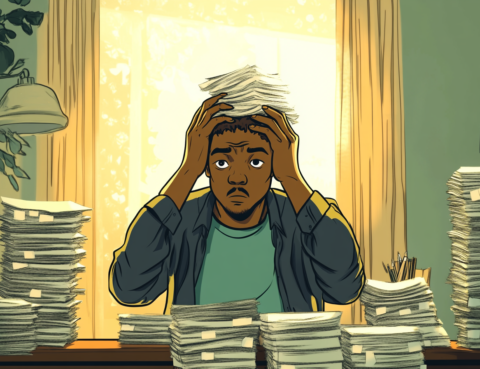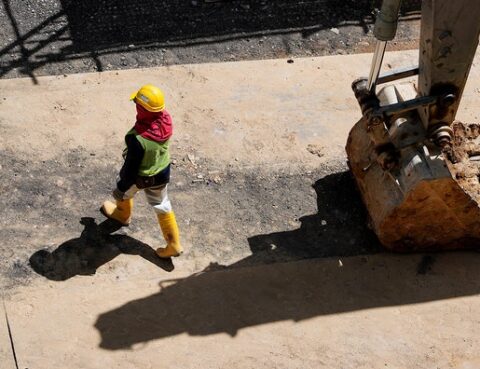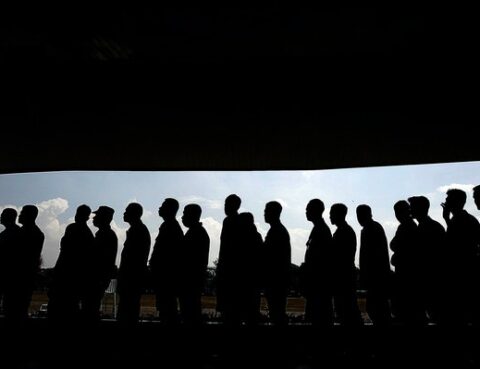The Construction Act was amended as of November 2024. In our latest blog, we discuss how these changes affect the Residential Construction industry.
Retaining holdback is no joke. Failure to do so may be catastrophic and may result in double payment. Take a look at a recent case our office argued and the consequences that follow to the owner who failed to retain holdback.
The imbalance between homeowners and contractors often leads to various blunders and consequences, some of which are innocent and others that are intentional (and stem from a lack of education on the part of homeowners). In this blog, we will be discussing some of the common pitfalls and traps affecting homeowners during their construction projects.
In this case, the Court considers the importance of establishing a direct connection/chain between the party claiming a trust relationship and the party against whom trust obligations are imparted.
Despite its benefits, holdback has disadvantageous features to certain subcontractors in the context of larger-scale projects – early release assists with this problem.
How can a Subcontractor stop payments in wake of ongoing construction dispute? In realizing the fast-paced nature of the construction industry, the drafters the Construction Act, created a mechanism allowing Subcontractors to cease payment on a project without having to actually preserve a lien. Namely, a “Written Notice of Lien.”
Although construction lien proceedings do not extend the same rights as ordinary proceedings, the Construction Act allows claimants to demand information pursuant to Section 39. The Act extends a similar fact-finding ability to Owners/Contractors/other Defendants through a cross-examination of the lien claimant on the contents of their lien by way of Section 40.
The purpose of a construction lien is to provide statutory protections to contractors and subcontractors for the services and materials they supply to subject properties. That being said – these protections are not cheap. In order to address these costs and allow “Access to Justice,” the Construction Act affords specific remedies to allow smaller lien claimants to either assign, piggy-back, or bundle up their lien.
Section 67(1)(a) of the Bankruptcy and Insolvency Act (the “BIA”) establishes that the property of a bankrupt divisible among his creditors shall not comprise property held by the bankrupt in trust for any other person. This means that, monies held in trust – such as the CLA imposed trust – would not be considered as property of the bankrupt for distribution amongst creditors.










